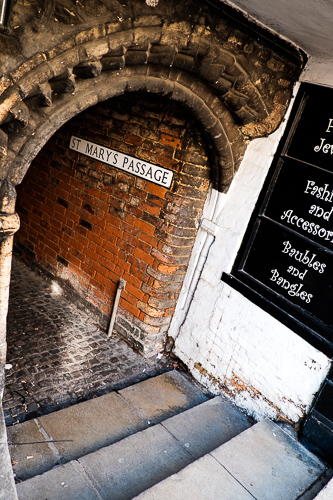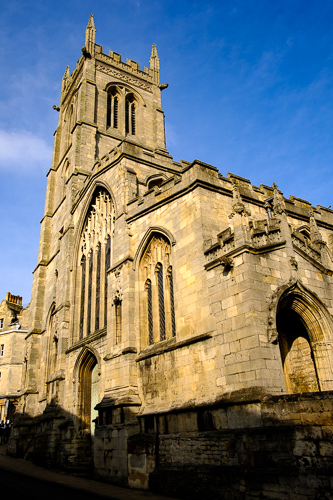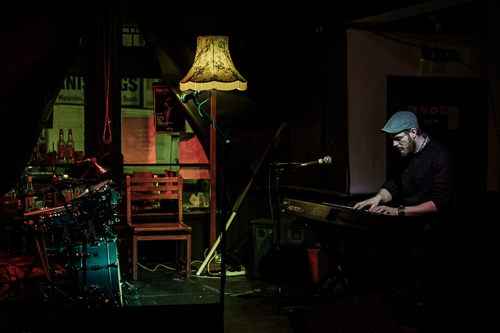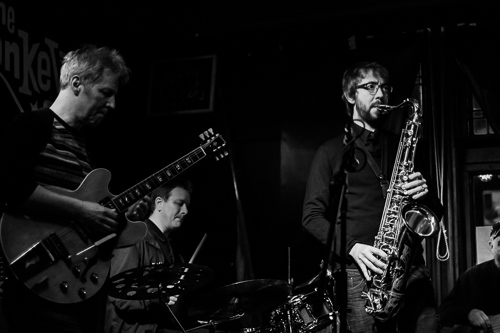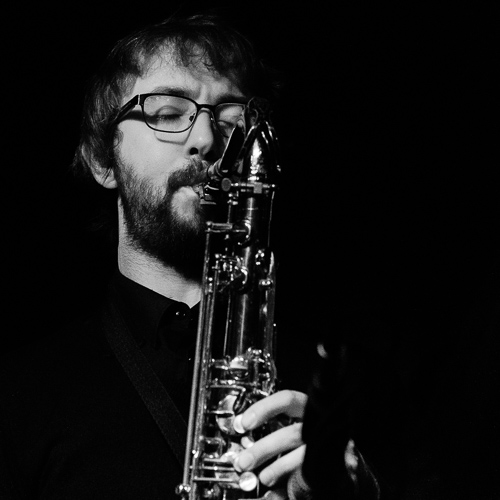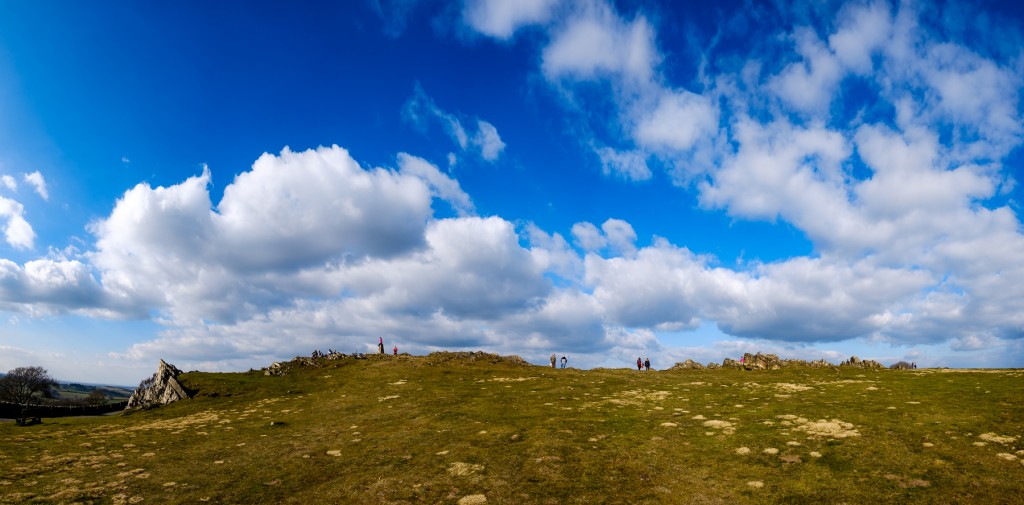
Leicestershire is a “green and rolling” area of England. It doesn’t have the breathtaking splendour of Cumbria or Derbyshire and consequently the highest point in the county stands at just 912 feet (278 meters) above sea level (Bardon Hill). However 700 million years ago Leicestershire was volcanically active and to the north west of the city of Leicester traces of this Precambrian past are still in evidence around Charnwood Forest. It was in this area that the fossils known as Charnia were first discovered (and named after their location and discoverer). Before this discovery it was thought that the Precambrian era was devoid of a fossil record.
One part of this region which is easily accessible to the public is Beacon Hill, the second highest point in the county of Leicestershire at 814 feet (248 meters) above sea level. The hill features many outcroppings of Precambrian volcanic rock and was the site of a Bronze Age hill fort. Now it is a part of “Beacon Hill Country Park“. On a clear day there are excellent views all around so it’s a place I often visit when I need to “clear out the cobwebs”, take a walk up the hill, stand at the top, admire the views, take a few photos.
This is exactly what I set out to do on Sunday 20th March 2016. The weather was reasonable and I decided to head to Beacon Hill, primarily to shoot a panorama of the rocky outcrops at the summit. I wanted to see how Adobe’s new “boundary warp” feature in their panorama stitching module of Lightroom (and Photoshop) worked. The result is at the head of this post. I did also think I might shoot a time lapse, however the clouds were moving quite slowly and although I did take a 240 shot sequence it didn’t really amount to anything worth watching.
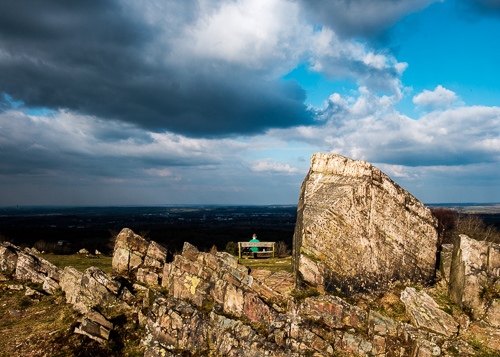
However I was glad to have a chance to get out there and shoot at all. There are two car parks at Beacon Hill, one just below the summit and one right at the bottom of the hill. I had planned to park up at the top car park, not out of laziness (honest!) but because as I approached along the road I could see the light was lovely over the summit area and I just wanted to get to work on it as soon as I could. However the top car park was fenced off and closed with a notice saying it would reopen the next day. So I continued along the road and down the hill to the lower car park – only to find a huge queue of cars backed up because the payment barrier wasn’t working. I drove on for a while trying to think where else I could head to as an alternative. By the time I’d turned around I’d decided I’d head to Bradgate Park which is not far away and would also offer some good panorama shooting scenery. But then as I passed the lower car park for Beacon Hill again on my way to Bradgate I noticed that the payment barrier was fixed and I could return to my original plan.
As the afternoon wore on the clouds became darker and more dramatic but there was still some pleasant early spring sunshine to enjoy so carried on snapping away. It was at this point that I happened to turn and face to the west and saw shafts of sunlight striking down out of the clouds right behind the trig point on the summit. There was a curious lighter patch in the clouds which seemed to fit the trig point so that it stood out in silhouette and I needed no further prompting.
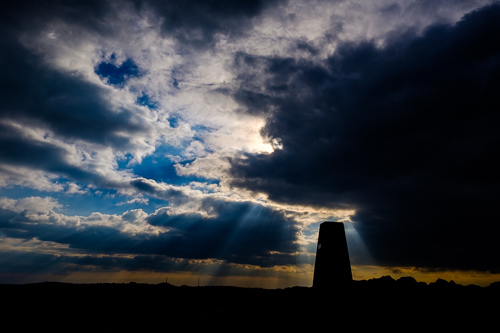
I think I’d like to work on this image a bit more, bring out some more detail in the clouds, particularly the area to the right of the shot which just looks a bit too solid and heavy.
By now the afternoon was wearing on and the cloud cover was becoming more complete. There was still this dramatic patch of light bursting through the clouds to the west so before I headed back down the hill and home I tried to work a little more with that. I found another outcropping of rock a little way down from the summit which had one small tree clinging to the side of it and shot that in silhouette with the rays of sunlight bursting out behind.






